Doing the work of congregational transformation is never easy. To move forward, a faith community must leave parts of its past behind. And that was exactly what happened at St. Paul’s United in Saskatoon.
The congregation shifted its focus from serving internally to serving externally. It began breakfast programs at a local school as well as intentionally welcoming newcomers and helping them with housing. A different church started to emerge. But the move from a choir to song leaders and an organ to other instruments sparked a serious split in the congregation in 2009, one so severe that only 30 of approximately 80 congregants were left.
You may unsubscribe from any of our newsletters at any time.
Barry Rutherford is among those who stayed and is grateful he did. “The church is completely different from the staid congregation of the 1990s,” Rutherford says. “Worship design is done collaboratively with the minister. The whole atmosphere is relaxed, with great music, and we are given a strong faith message in terms I can understand.”
The structure of the service is also unique: children are present throughout worship and a short coffee break in the middle of the service offers people an opportunity to discuss the “seed of learning” question that their minister presents each week.
That minister, Rev. Mitchell Anderson, who started in 2020, says comfortable and accessible are critical values. “I don’t gown or wear a suit, just my regular clothes. I want to deliberately soften the distinction between clergy and the people in worship,” he says.
Equipped with both a master of divinity and a master of business administration with a background in property development, Anderson has a clear vision of his role at St. Paul’s.
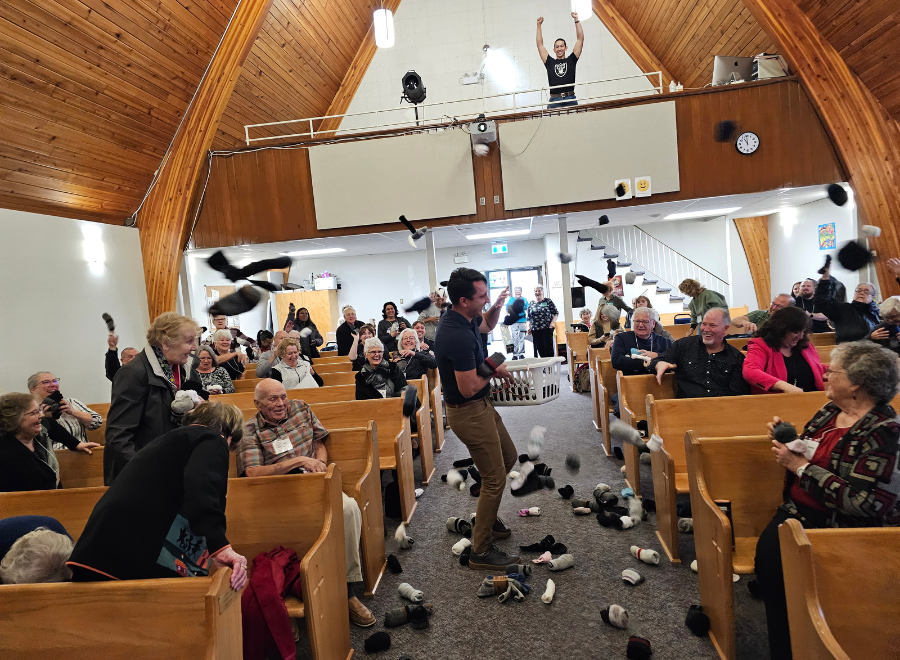
“The role of the minister is to be the servant of the church leadership and to equip the saints,” he says. He sees his work as co-creating and then implementing the congregation’s vision. His MBA gives him technical skills in planning, budgeting and leading a team. “Numbers count, because each number is a person that God loves,” he says. Each number is a story, which is why he is committed to “efficiency and results,” which is a theological issue for him.
“We have five core values that direct us. Our events need to be: faith-based, family-friendly, fun, free and food-filled, and we have clear goals around growth,” he says.
The approach to Christian community is clearly working: the congregation went from 100 identifiable givers in 2020 to 132 in 2024. Overall attendance increased 15 percent from 2023 to 2024, and in-person attendance grew an impressive 27 percent over the same time period.
More on Broadview:
- ‘By any metrics you choose,’ this northern B.C. congregation is thriving
- Some of our regulars only watch services online. What can we do?
- Want to switch your church to heat pumps? Here’s where to start
Anderson’s commitment to growth is not just in participation, but in diversity. As a member of the Dene Nation, he says, “Intercultural is life, and in my world, building diversity is normal.”
That commitment to diversity is apparent in the congregation. “On a Sunday, you will see some grey hair, but also people of colour, young people and transgender people,” says Rutherford.
Megan Bonsan started attending St. Paul’s with her mother at age 13, nearly 11 years ago. At 16, she gave birth to a daughter and found comfort and support at church during a very challenging time.
“The church helped to raise [my daughter]. I would walk in on Sunday morning and people took her from me and the congregation cared for us both,” Bonsan says. For her, what is key is that St. Paul’s “meets you where you are at and will help you grow.”
Board chair Elaine Brosnihan would agree with all of the above. “I never felt like an outsider or pressured to participate. I was just welcomed,” she says. For her, the sense of community is key to her experience at the church.
St. Paul’s is a living example of what congregational transformation can look like. It can be very challenging, but it is clearly worth the journey.
***
Christopher White is a United Church minister who lives in Hamilton.

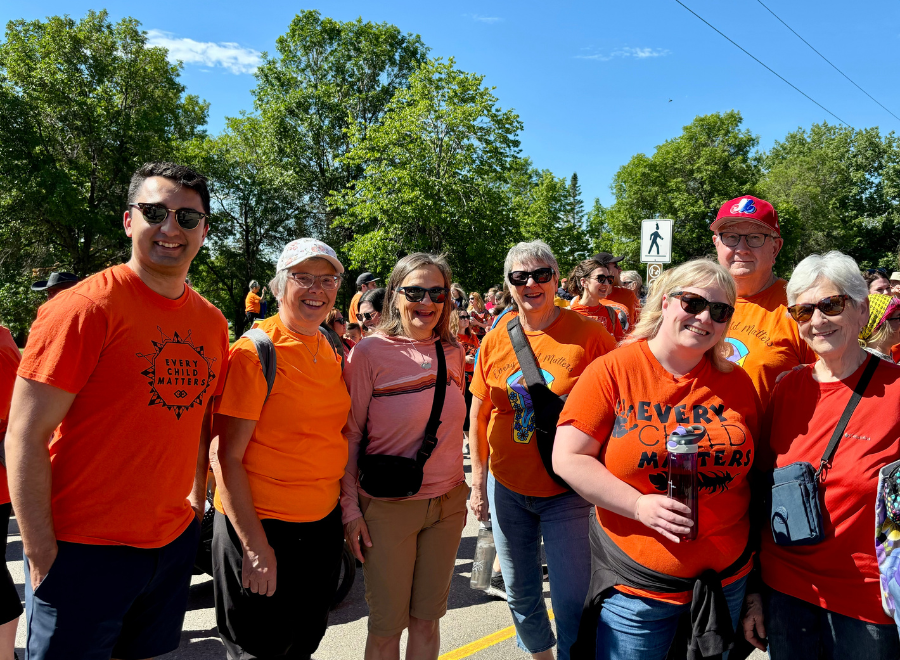

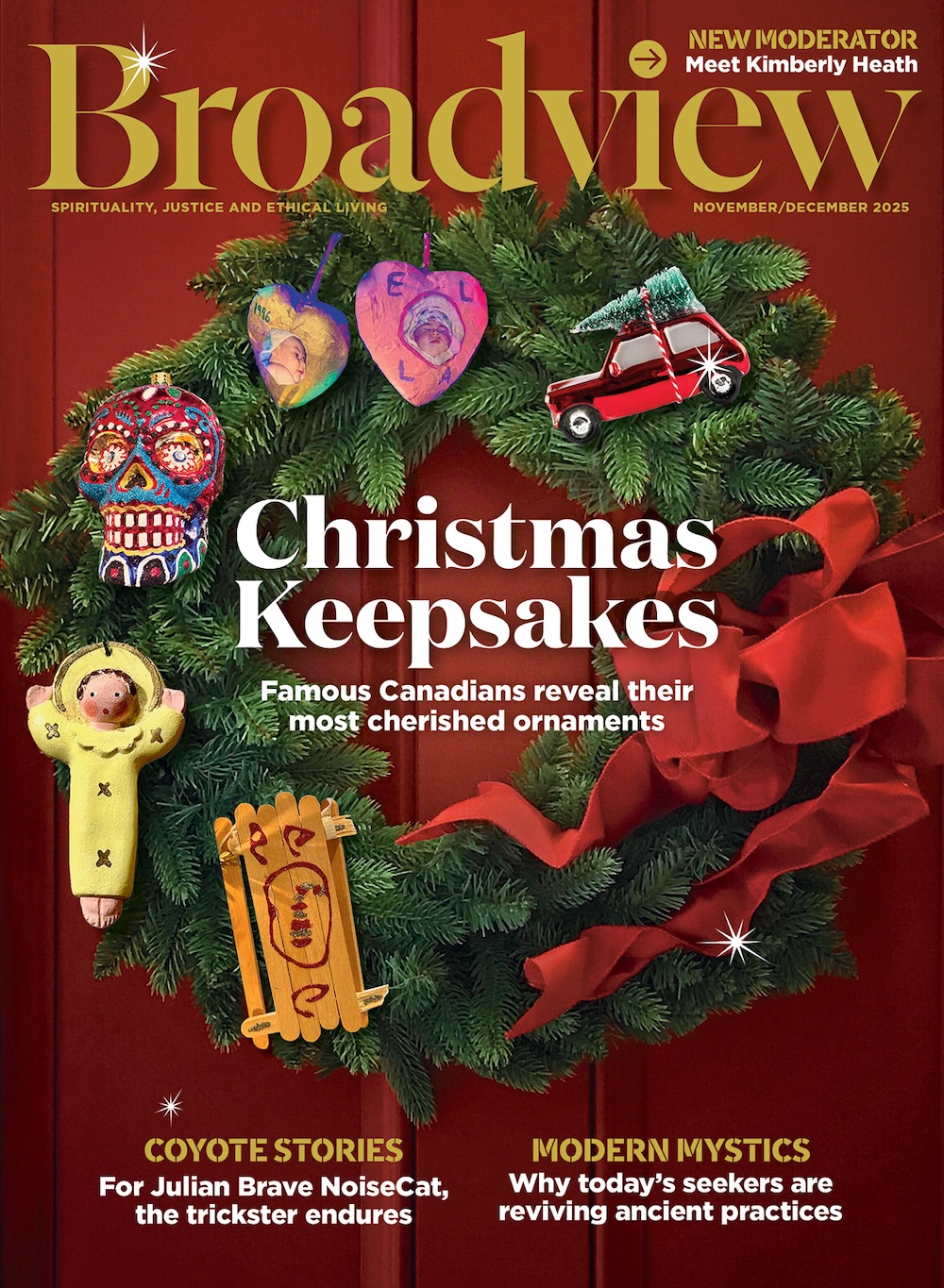

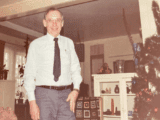




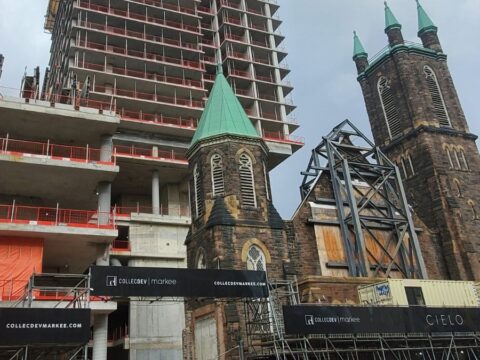
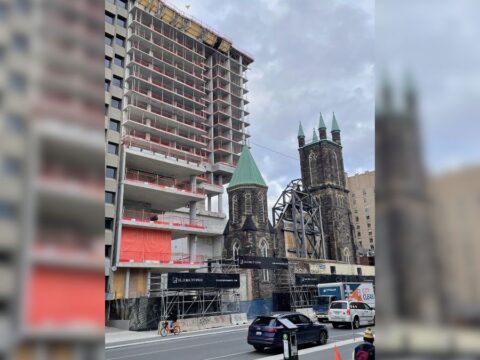
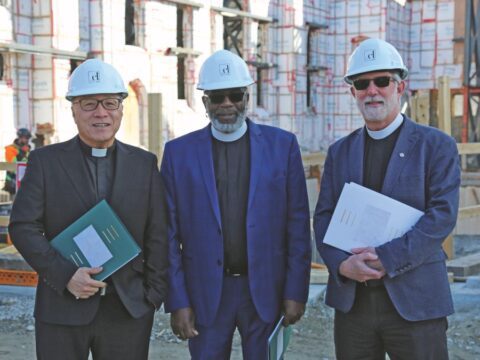

Saint Paul’s sounds wonderful. I especially like the recess with a question to discus.
St. Paul’s United is doing a good thing! I wonder, however, about the food filled. In my own congregation, where I am music director, I note a number of my choir members are overweight. One is a vegan and she has trouble finding acceptable food at church events. The church must serve both regular and gluten-free bread at communion. Although eating after service is convenient (and saves me a meal at home afterwards), I doubt many people attend the church because of the food. How do we address the weight problem and varied diets as churches?
Would like to know where the church is located. The work you do sounds relevant. Thanks